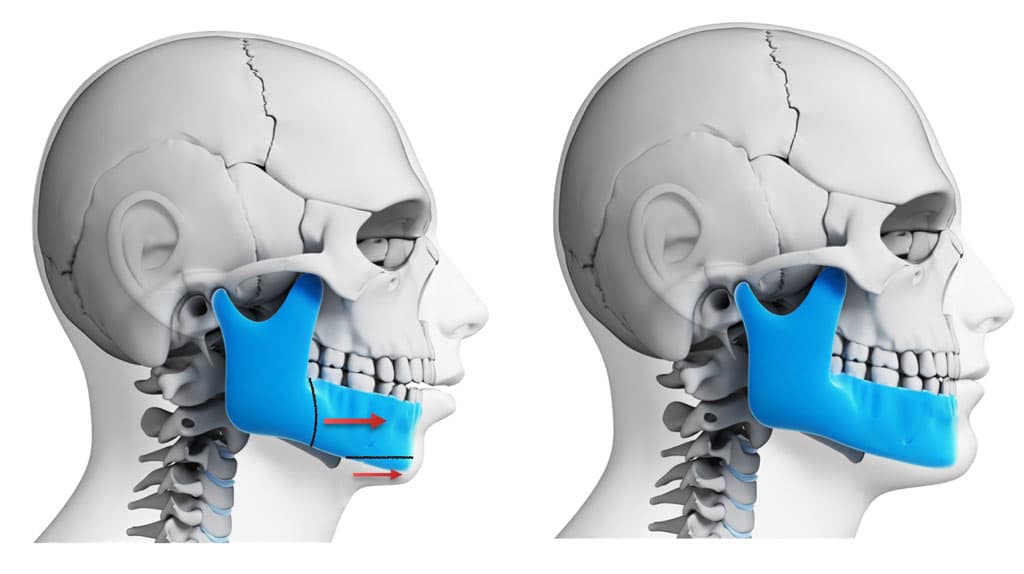Corrective Jaw Surgery
Corrective jaw surgery, also called orthognathic surgery, is performed to remedy skeletal problems that affect the ability to bite, chew, speak, and breathe. Teeth are straightened with orthodontics, and corrective jaw surgery repositions a misaligned jaw. This not only improves the facial appearance, but also ensures that teeth meet correctly and function properly.
Who Needs Orthognathic Surgery?
People who can benefit from orthognathic surgery include those who have difficulty in chewing, biting, or swallowing, speech problems, breathing problems or jaws that are positioned incorrectly, that means an imbalance in the relationship between the upper jaw (maxilla) and lower jaw (mandible).
These symptoms can exist at birth, be acquired after birth as a result of hereditary or environmental influences, or as a result of trauma to the face. Orthodontic treatment is done before and after surgery, so that upper and lower teeth meet appropriately. Your orthodontist will work with an oral and maxillofacial surgeon to position your jaws and teeth for optimal function and comfort. Adult orthodontics alone can correct bite problems when only the teeth are involved. Orthognathic surgery may be required for the jaws when repositioning is necessary. .
These symptoms can exist at birth, be acquired after birth as a result of hereditary or environmental influences, or as a result of trauma to the face. Orthodontic treatment is done before and after surgery, so that upper and lower teeth meet appropriately. Your orthodontist will work with an oral and maxillofacial surgeon to position your jaws and teeth for optimal function and comfort. Adult orthodontics alone can correct bite problems when only the teeth are involved. Orthognathic surgery may be required for the jaws when repositioning is necessary. .


